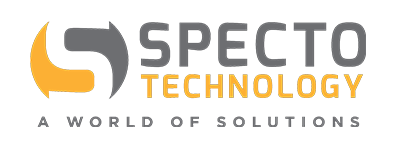Selecting the Right Dust Monitoring Equipment – A Comparison of Dust Monitoring Equipment
Industrial operators have long known that prolonged exposure to the fine dust particles generated by construction projects that involve excavation or earth-moving can be hazardous to human health, contributing to both lung and cardiovascular disease. In order to prevent these harmful effects on workers at the project site and residents in surrounding communities, operators are required to measure the concentration of airborne pollutants or particulates generated by construction and remediation site activities in order to ensure that the levels of pollutants stay within required concentrations.
To do so, operators must deploy an air quality monitoring program around the exclusion zone or perimeter of construction, demolition, remediation, and hazardous waste sites. When determining which dust monitoring equipment or dust gauges to use, one must find the optimal balance between accuracy and cost.
There are 2 basic methods used to measure particulate matter (such as PM10, PM2.5, PM1 and TSP), a filter-based gravimetric method and a real-time method.
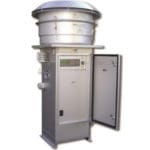 1. Gravimetric instruments, sometimes called reference instruments, use a quantitative measure based on the mass of the solid.
1. Gravimetric instruments, sometimes called reference instruments, use a quantitative measure based on the mass of the solid.
- Specifically, they collect particles on ventilated filters. The filters then need to be processed at a laboratory to determine the concentration of the particulate or pollutant.
- Although the gravimetric method is typically the most accurate option, it is also the most expensive, requiring daily or weekly manual weighing of filters and lab analysis.
- It is not feasible in many situations where immediate action is required.
- Data collected by the gravimetric method of dust monitoring provides a daily average. This can be troublesome because a daily average does not differentiate high dust generation periods (such as during high wind or when construction vehicles are moving).
2. Real-time monitors, sometimes called optical monitors, use the principles of light scattering or light absorption.
- By sensing the light that is reflected by a particle stream onto a photodetector, this dust monitoring equipment can calibrate the concentration of particulate mass.
- Real-time monitors can be more affordable than gravimetric instruments, as the optical sensors they utilize are inexpensive.
- In addition, they can often be purchased as an all-inclusive, fully-integrated station with internal data-logging, communication capability and even a power supply.
- The lower cost of the sensors and the convenience and affordability of an all-in-one system allows an operator to purchase several instruments to measure more than one location at a time, which increases the data quality and gives a broader picture of what is happening.
- Another advantage of real-time gauges is the availability of real-time data. With this monitoring method, measurements are logged in one-minute intervals, or less.
- This gives the operator the ability to respond immediately when necessary.
- Real-time dust monitors are also sturdy and reliable and can be operated for long periods of time without servicing (sometimes up to 2 years), thus adding to the affordability factor.
- On the flip side, one thing that can add cost to real-time dust monitoring instruments is that they may need to be calibrated against a gravimetric instrument. This is not always required, but when it is, it can add additional upfront cost.
Summary
In summary, when looking to balance affordability and accuracy, real-time dust monitoring equipment is the obvious choice. The data collected from these instruments has been shown to be indicative relative to certified instruments that are equivalent to reference or gravimetric instruments; that is, they have demonstrated performance that meets industry standards. They provide that data in short intervals, allowing for immediate response to high dust events. Finally, they are relatively inexpensive to purchase and operate, requiring little “hands-on” time and minimal maintenance and calibration.
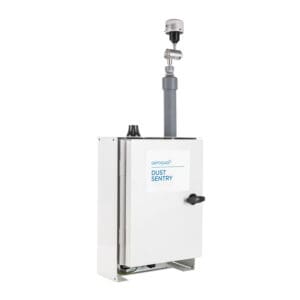
When looking for a comprehensive dust monitoring solution,
check out Specto’s wide array of real-time dust monitoring equipment from Aeroqual, a leading manufacturer of sensor-based air quality monitoring devices
and systems.
Also be sure to check out the Aeroqual Dust Sentry which is a robust monitor with cutting edge software that measures dust and particulates
(PM10, PM2.5, PM1 or TSP) continuously in real-time. Aeroqual Dust Sentry is a nephelometer-based instrument that delivers defensible and accurate mass measurement for PM10, PM2.5, PM1, and TSP.
Have questions? Contact us and we’ll be glad to help you explore solutions for your next project. We look forward to connecting with you!
-
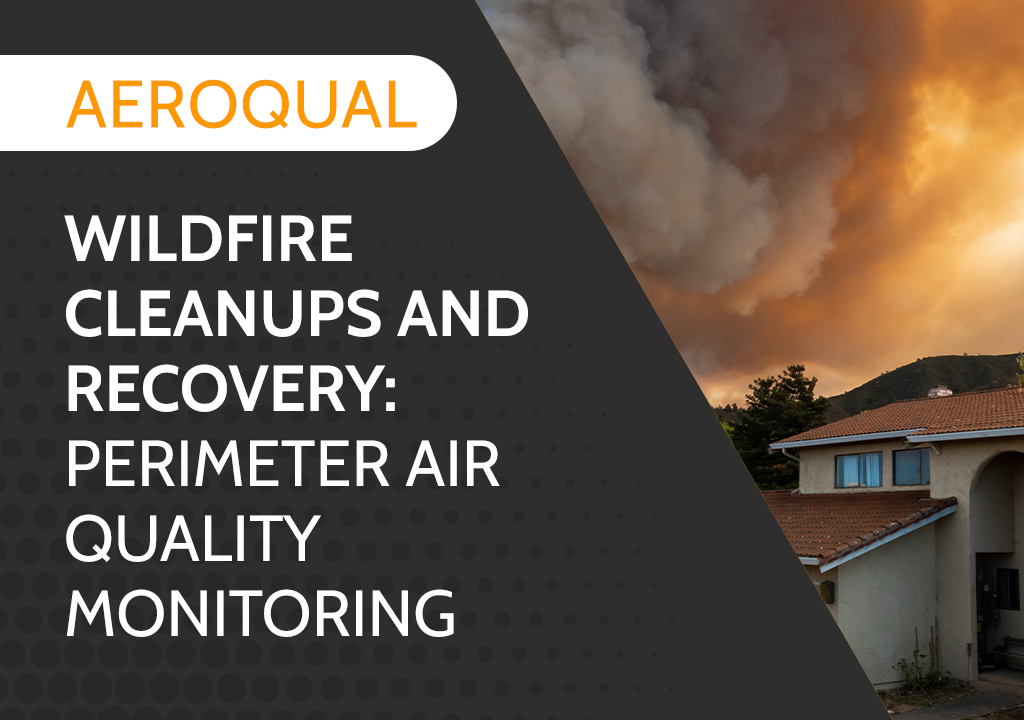 Wildfire Cleanups and Recovery: Perimeter Air Quality Monitoring
Wildfire Cleanups and Recovery: Perimeter Air Quality Monitoring -
 Protection from Wildfire Smoke – California, Washington and Oregon
Protection from Wildfire Smoke – California, Washington and Oregon -
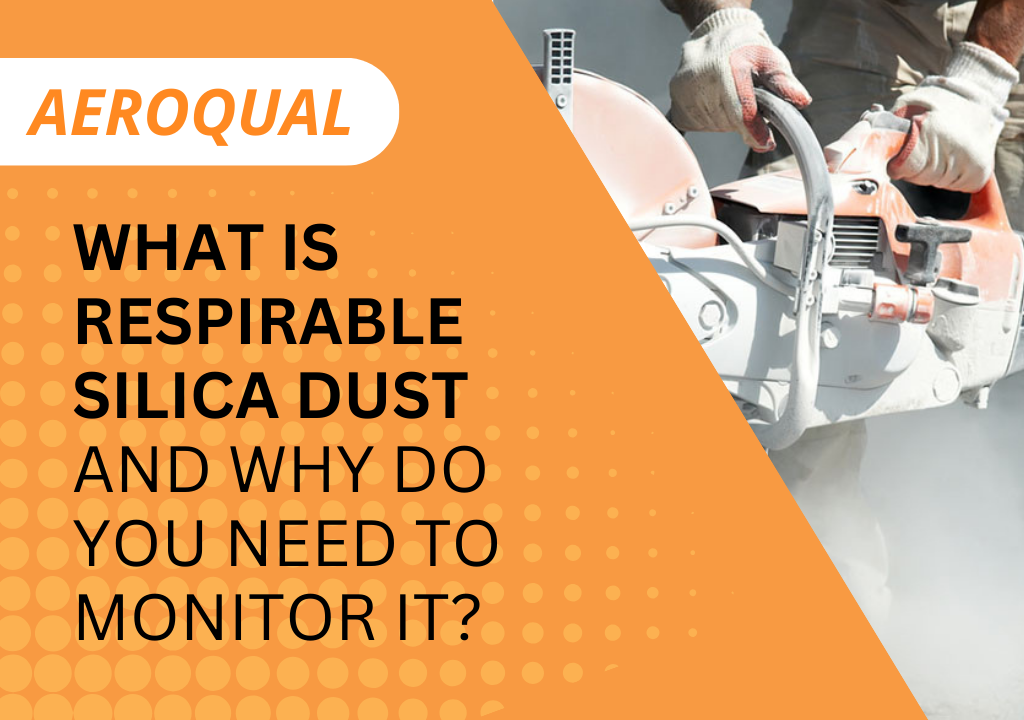 What is Respirable Silica Dust and Why Do You Need to Monitor It?
What is Respirable Silica Dust and Why Do You Need to Monitor It? -
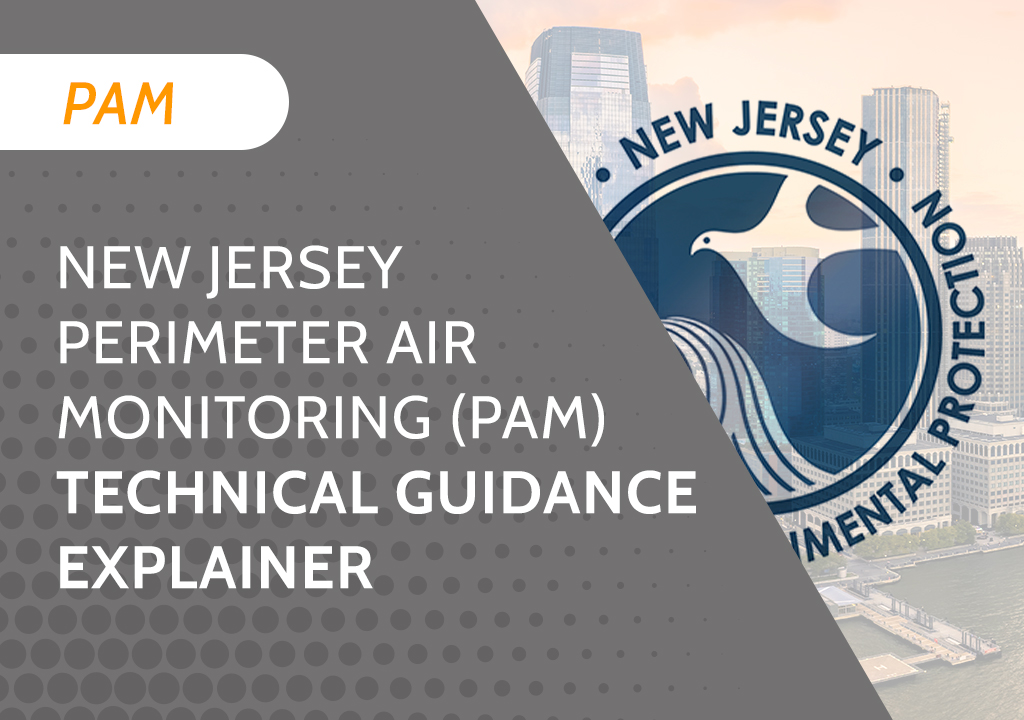 New Jersey Perimeter Air Quality Monitoring (PAM) Technical Guidance Explainer
New Jersey Perimeter Air Quality Monitoring (PAM) Technical Guidance Explainer -
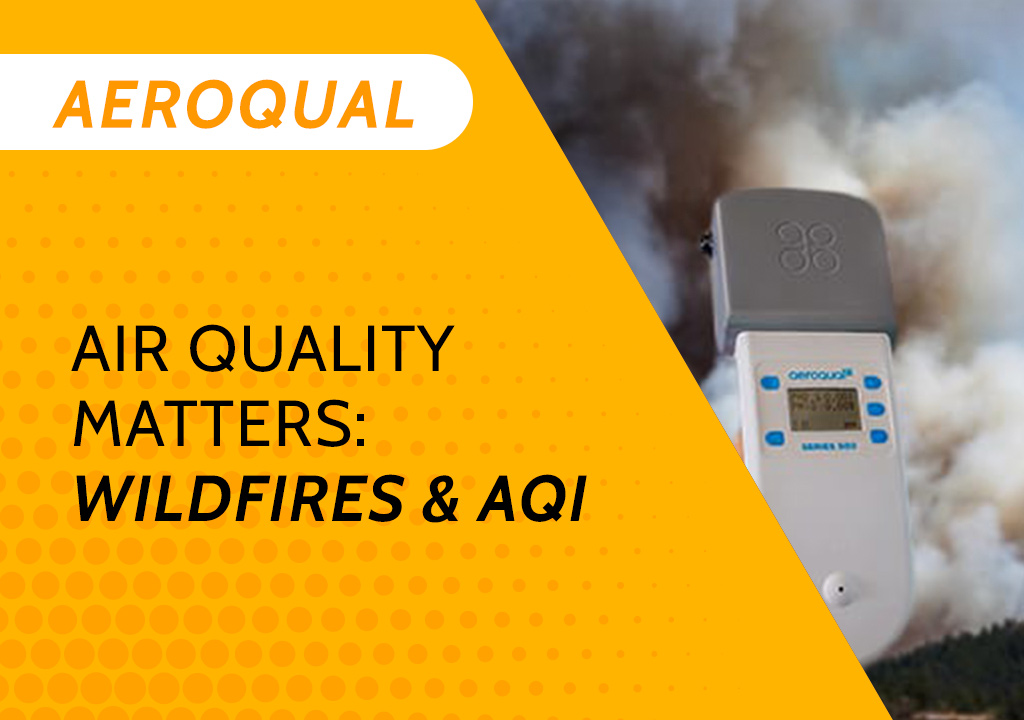 Air Quality Matters: Wildfires & AQI
Air Quality Matters: Wildfires & AQI -
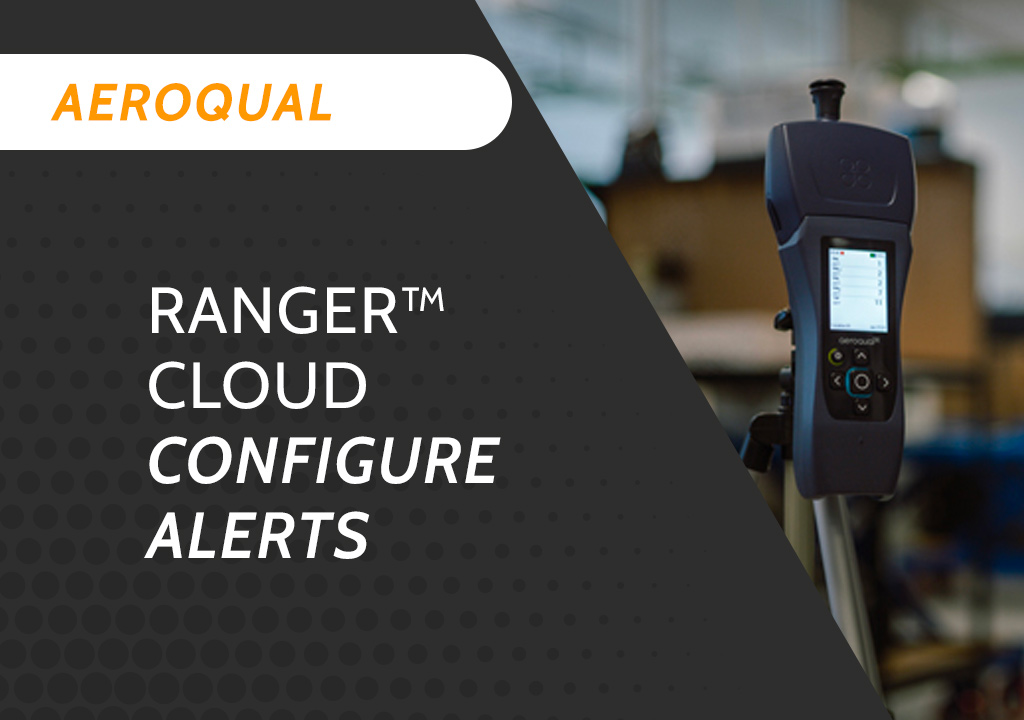 Aeroqual Ranger™ Cloud from Specto Technology - Configure Alerts
Aeroqual Ranger™ Cloud from Specto Technology - Configure Alerts -
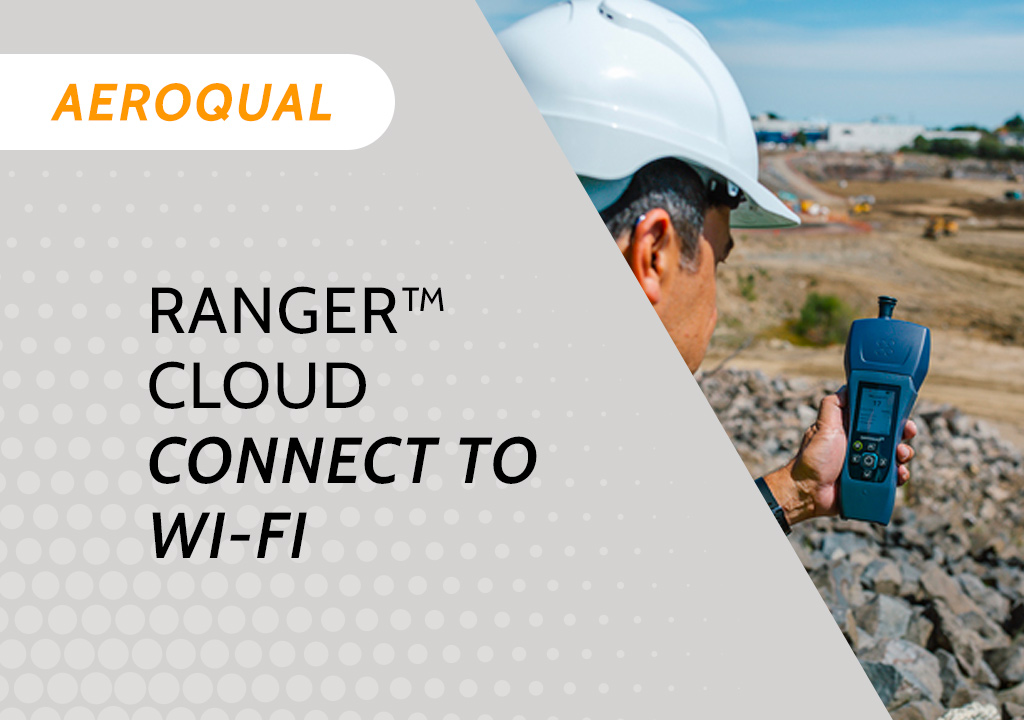 Aeroqual Ranger™ Cloud from Specto Technology - Connect to Wi-Fi
Aeroqual Ranger™ Cloud from Specto Technology - Connect to Wi-Fi -
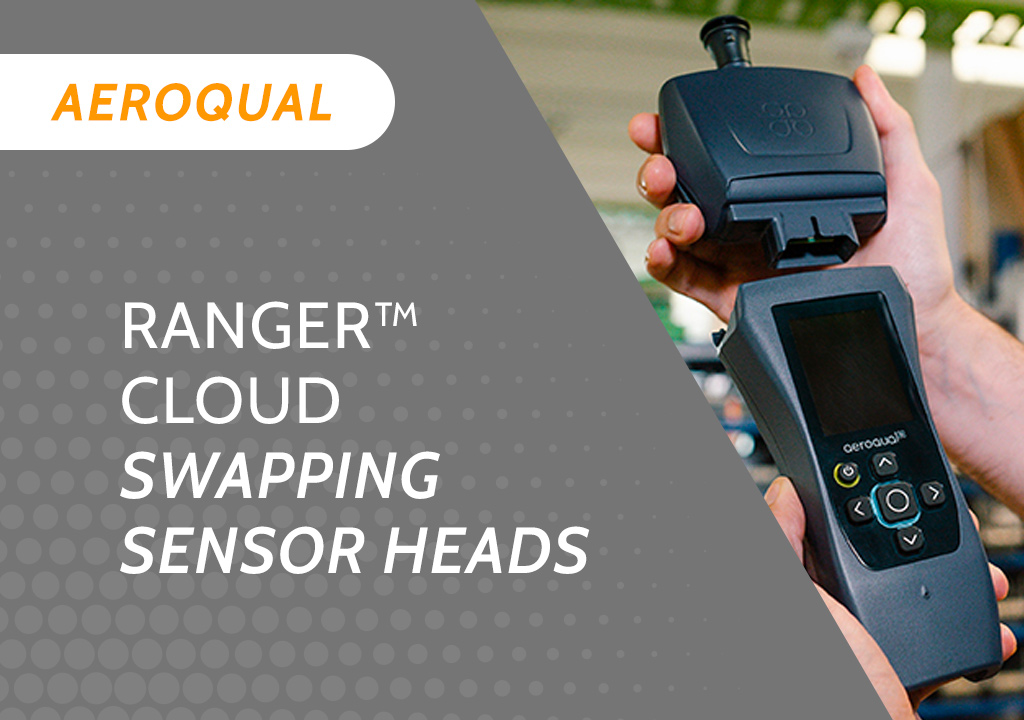 Aeroqual Ranger™ Cloud from Specto Technology - Swapping Sensor Heads
Aeroqual Ranger™ Cloud from Specto Technology - Swapping Sensor Heads -
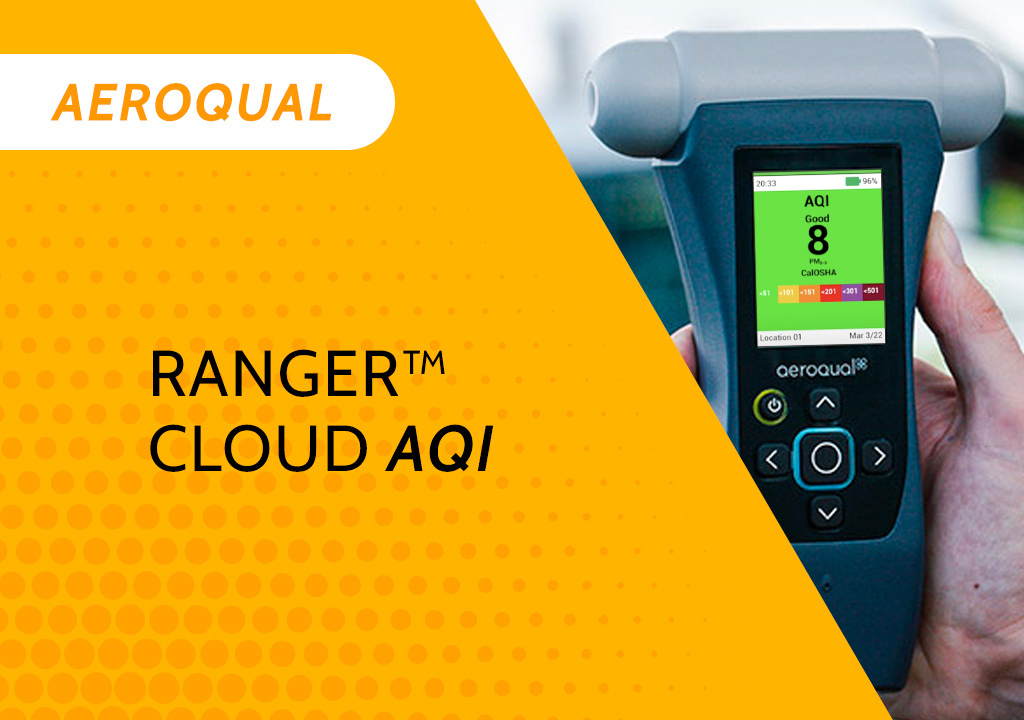 Aeroqual Ranger™ Cloud from Specto Technology AQI
Aeroqual Ranger™ Cloud from Specto Technology AQI -
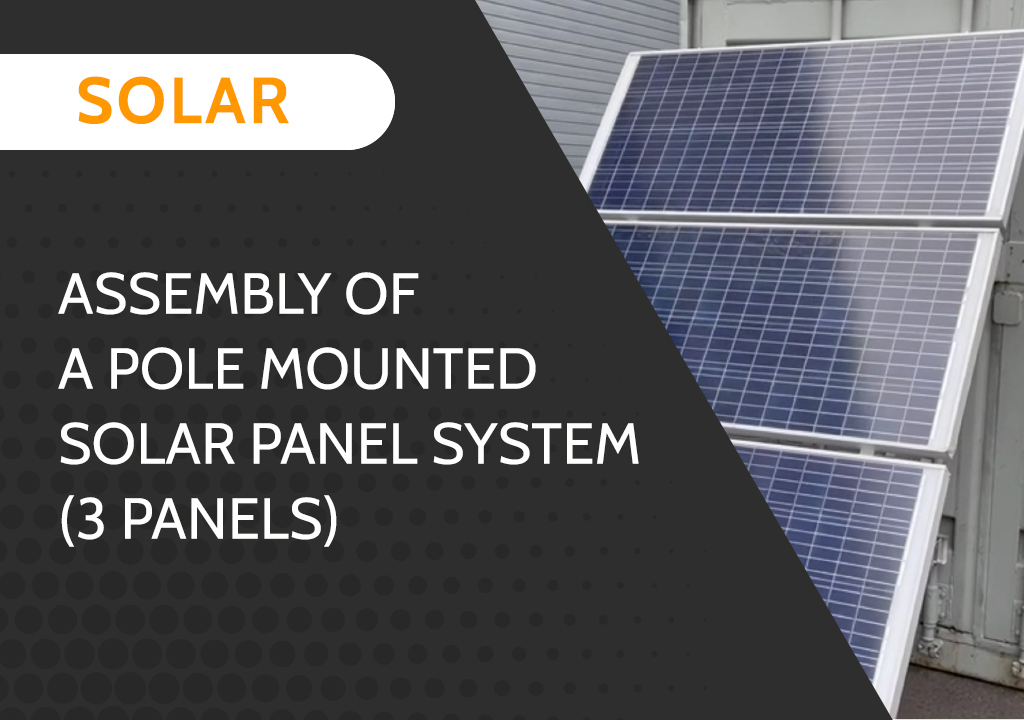 Assembly of a pole mounted solar panel system (3 panels)
Assembly of a pole mounted solar panel system (3 panels)
